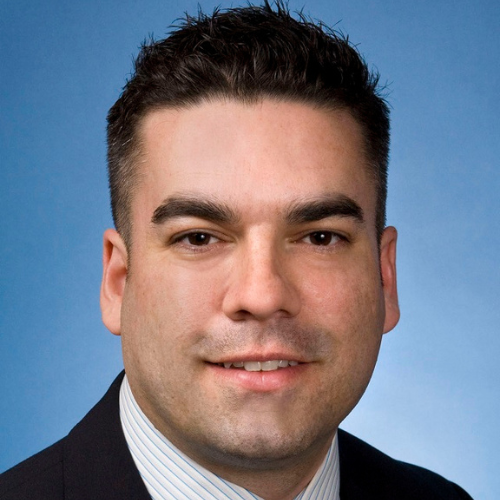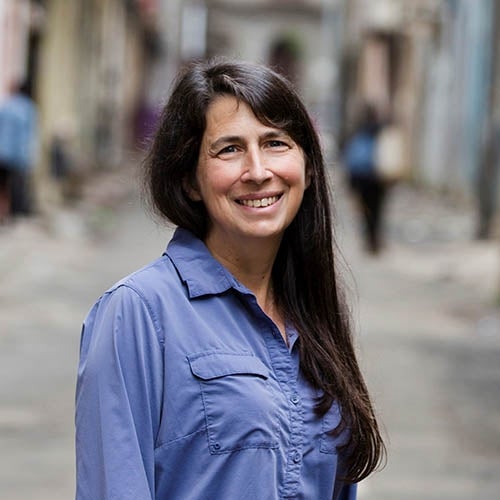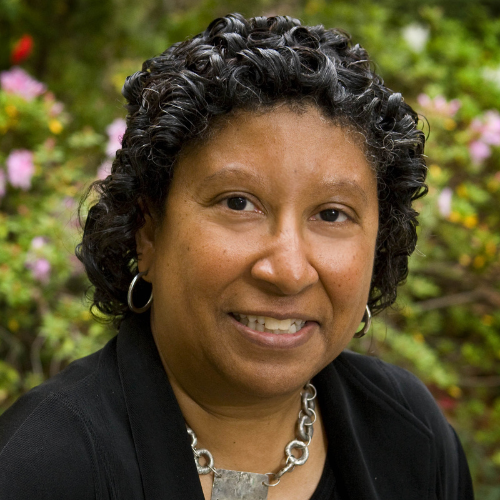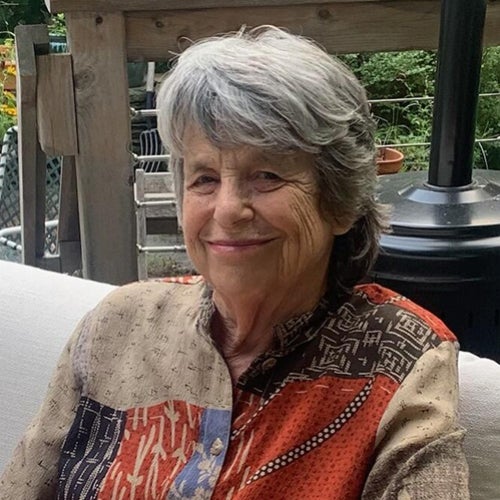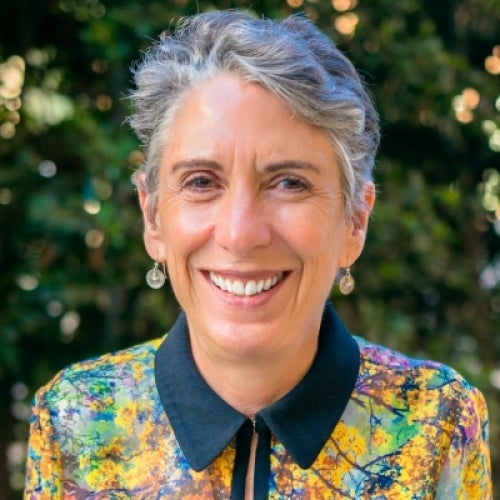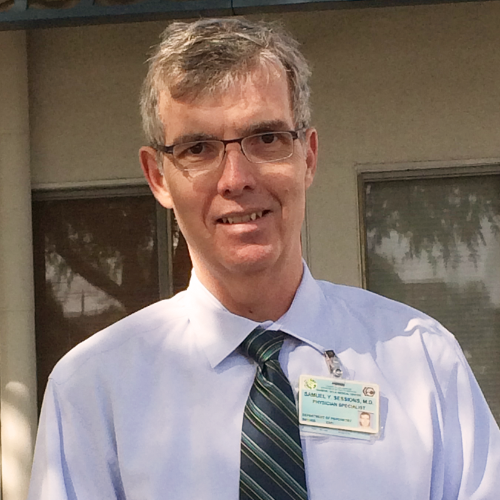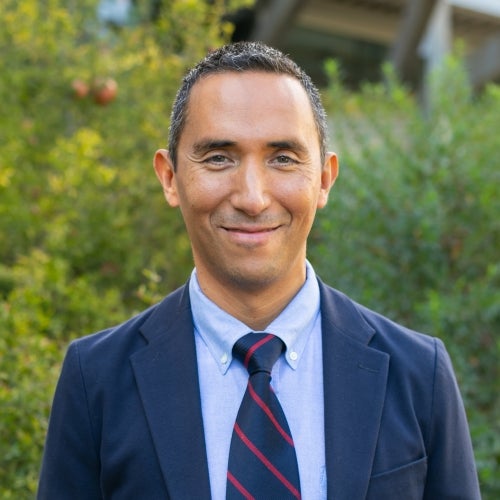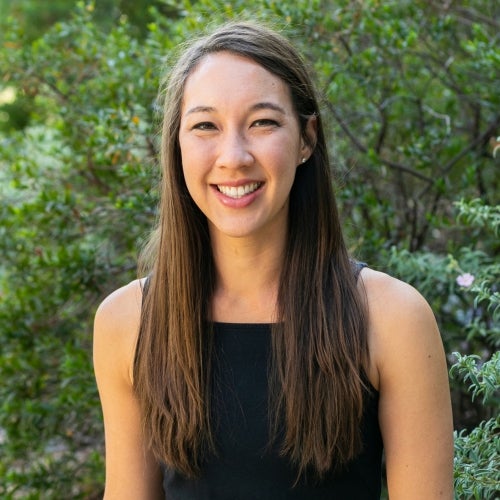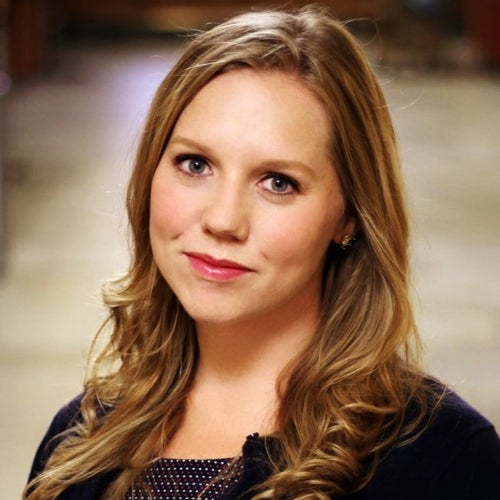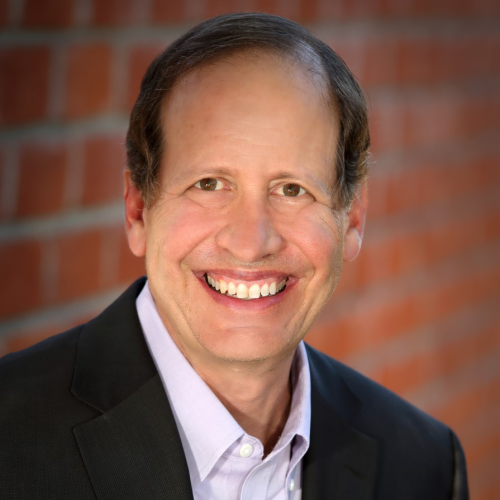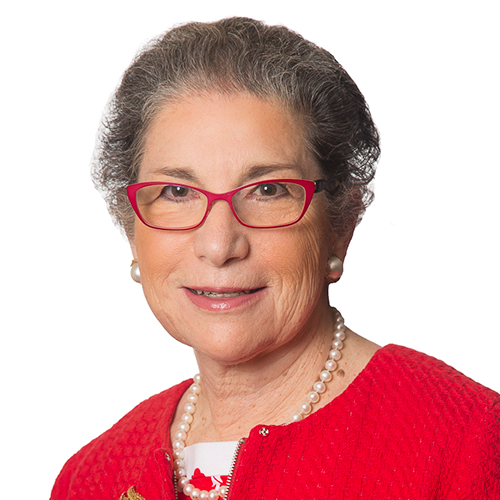Early CHIS 2021 data estimates show how Californians dealt with COVID-19
Research by the UCLA Center for Health Policy Research shows Californians' risk reduction behaviors and who is and isn't getting vaccinated.
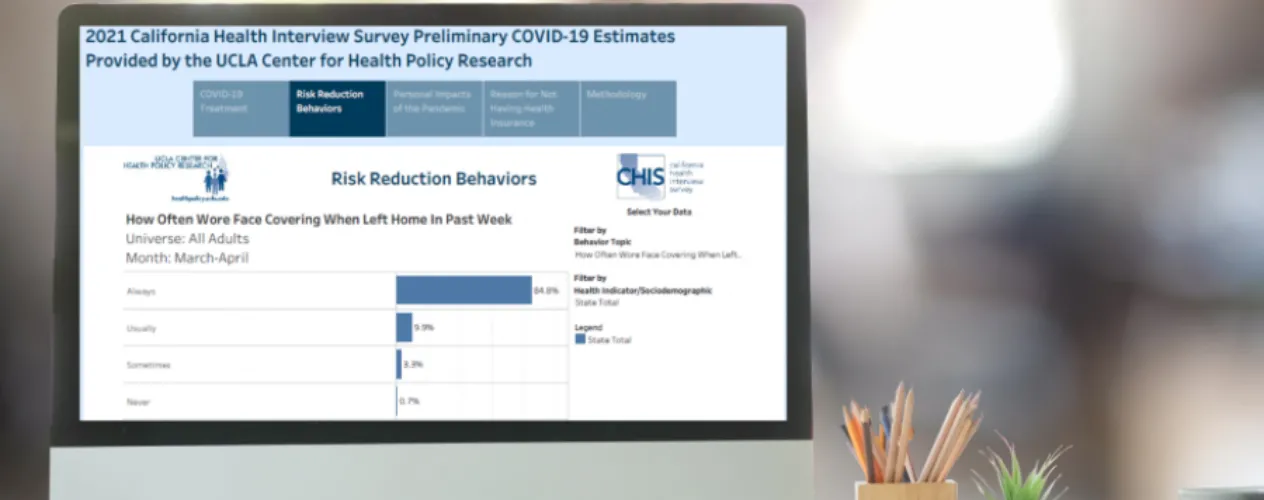
With state vaccination rates slowing, and guidelines on mask wearing and social gatherings changing, the UCLA Center for Health Policy Research (CHPR) has released new data from the 2021 California Health Interview Survey (CHIS) that sheds light on Californians’ views on getting the vaccine and following suggested safety protocols.
The 2021 CHIS COVID-19 Preliminary Estimates Dashboard, which uses CHIS 2021 survey data collected during the months of March and April, introduces questions on risk reduction behaviors such as frequency of wearing face coverings, hand-sanitizing or washing, and whether respondents practiced physical distancing or gathered with people who weren’t in their household. The survey also continued to ask about whether they would get the vaccine and if they had already received at least one dose. Personal impact questions, such as whether respondents lost their job or had difficulties paying for rent or mortgage and basic needs were also asked.
“Policymakers, health experts, community organizations, researchers, and others look to the California Health Interview Survey for credible and comprehensive data on the health of Californians. Last year, for the first time in CHIS history, we released preliminary survey estimates, looking at COVID-19 testing and personal and financial impacts of the pandemic. This year's findings, in addition to personal and financial impacts, explore vaccination status and risk reduction behaviors,” said Dr. Ninez Ponce, UCLA Fielding School of Public Health professor of health policy and management, director of UCLA CHPR, and CHIS principal investigator. “Following various safety precautions is a vital part of the state’s recovery from COVID-19, so the information provided can help groups who are trying to increase vaccination rates, give financial assistance, or simply access resources on staying healthy as we make our way out of this pandemic.”
Key findings include:
Risk reduction behaviors
More than half of California adults said they did gather with people outside of their household when the state guidelines were still in effect. 53.1% of adults said they gathered with individuals not living in their household in the past 30 days, including 53.6% of adults who said they would not get the vaccine.
More than 1 in 5 California adults said they never or sometimes followed state guidelines. Nearly 4 in 5 or 78.9% of adults said they always or usually followed state and local guidelines regarding gatherings with persons not living in their households in the past 30 days, while more than 1 in 5 or 21.1% of adults sometimes or never did.
Adults who would not get the vaccine were less likely to follow state and local guidelines. Among adults who said they would not get the vaccine, nearly half (45.5%) reported that they “never” or “sometimes” followed state and local guidelines when gathering with persons not living in their household, more than twice the noncompliance rate reported among adults who would get the vaccine or who had already received at least one dose of the vaccine. Adults who said they would not get the vaccine were also less likely (68.6%) to say they “always” wore a mask when they left their home during the statewide mask mandate than adults who had received at least one dose of the vaccine or planned to receive the vaccine (86.9% and 87.2%, respectively).
Vaccine attitudes
More than 1 in 10 (12%) adults stated that they would not get the vaccine. Adults in the Northern/Sierra and San Joaquin regions were more likely to report that they would not get the vaccine at 20.6% and 20.5%, respectively.
There were differences among racial and ethnic groups on whether they would get vaccinated. Groups that reported the highest rates of being unwilling to get the vaccine were Blacks (22.1%), multiracial adults (21.1%) and Latinos (13.6%). *American Indian and Alaska Native (AIAN) and Native Hawaiian and Pacific Islander (NHPI) data are not reported due to small sample size.
The poorest adults were more likely to report that they would not get the vaccine, compared to adults with the highest income levels. 18.1% of adults with incomes of 0–99% of the federal poverty level (FPL) said they would not get the vaccine, compared to 9.4% of adults with incomes at or above 300% FPL.
Adults with a high school degree or less than a high school degree were more likely to report that they would not get the vaccine, compared with adults who had higher educational attainment. 15.7% of adults with less than a high school degree and 18.3% with a high school degree said they would not get the vaccine, compared to adults with a bachelor’s degree (7.7%) or a graduate degree (3.2%).
COVID-19 testing and treatment
Latinos were more likely than whites to ever receive a positive test result for COVID-19. 25% of Latinos ever received a positive test compared to 7.7% of white people.
Adults with the lowest incomes were more than twice as likely as those with highest incomes to ever test positive for COVID-19. 25.1% of adults under the federal poverty level (FPL) ever received a positive test result for COVID-19, compared to 12.0% of those with incomes at 300% FPL or higher.
Uninsured adults were more likely to have a positive test result. 24.8% of uninsured adults ever received a positive test result for COVID-19, compared to 14.2% of those with health insurance.
Individuals with health insurance were twice as likely to contact a health professional when they thought they had COVID-19. Nearly two-thirds (62.0%) of adults with health insurance contacted a health professional when they thought they had COVID-19, whereas only one-third (31.3%) of uninsured adults did so.
“Whether looking at different racial and ethnic groups, or other demographic factors such as income, education, or geographic region, we continue to see disparities among COVID-19 impacts especially after the winter 2020–2021 case surge. By staying on the pulse of the latest numbers, we can inform policymakers, program officials, community organizations, and advocates on actionable data to bridge the gap in needs and services for every group to fulfill our mission to equity,” said Todd Hughes, CHIS director.
UCLA CHPR is continuously updating tracking dashboards that look at COVID-19 infection and death rates across racial and ethnic groups, as well as data across various health and socioeconomic factors. These include the Native Hawaiian and Pacific Islander (NHPI) COVID-19 Data Policy Lab Dashboard, COVID-19 Rates and Risk Factors by California County Dashboard, and the COVID-19 Rates and Risk Factors by California County Data Table.
by Elaiza Torralba
The UCLA Fielding School of Public Health, founded in 1961, is dedicated to enhancing the public's health by conducting innovative research, training future leaders and health professionals from diverse backgrounds, translating research into policy and practice, and serving our local communities and the communities of the nation and the world. The school has 631 students from 26 nations engaged in carrying out the vision of building healthy futures in greater Los Angeles, California, the nation and the world.
Faculty Referenced by this Article

Dr. Ron Andersen is the Wasserman Professor Emeritus in the UCLA Departments of Health Policy and Management.
Nationally recognized health services researcher and sociomedical scientist with 25+ years' experience in effectiveness and implementation research.

Dr. Michelle S. Keller is a health services researcher whose research focuses on the use and prescribing of high-risk medications.
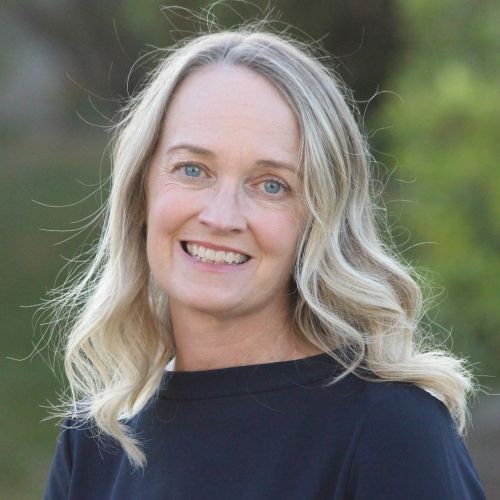
EMPH Academic Program Director with expertise in healthcare marketing, finance, and reproductive health policy, teaching in the EMPH, MPH, MHA program

Professor of Community Health Sciences & Health Policy and Management, and Associate Dean for Research



















